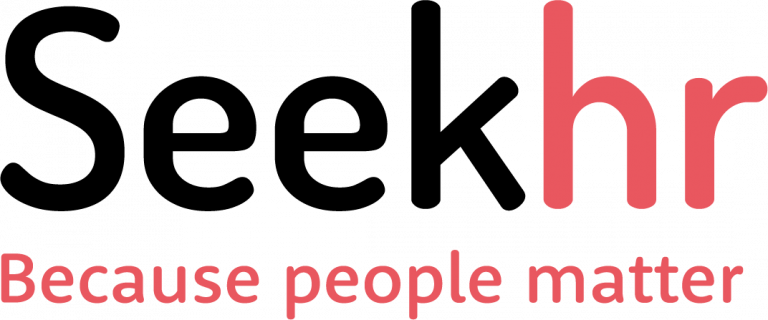How long have you been sat at your desk today? That’s not usually something we think much about. After all, we go to work, we sit at our desk, turn on our computer, and pretty much stay there until it’s time to depart.
However, there’s growing evidence that sitting in office chairs for more than six hours a day can have a seriously detrimental impact on our physical and mental health. Research suggests that prolonged sitting can raise your risk of heart disease by 64 percent, limiting your brain function, and increase your risk of some types of cancer. Simply put, sitting might be seriously harming you.
The simple fact is that our human bodies have not evolved to cope well with being sedentary for extended periods of time. The good news, though? A few changes to your desk setup can drastically reduce the harm of being sat all day.
What is ergonomics?
Office ergonomics refers to procedures and devices that make working in an office environment safe and comfortable. It’s most commonly associated with office chairs and computer monitor position. So, how can the science of ergonomics help you to stay healthy and happy at work?
Take action
Start by recognising the signs of poor desk ergonomics: Burning muscle pain, aches and strains are all signs that your working environment may be poorly set up. If you start to feel any of these in your arms, neck, shoulders or back, take action early. Desk-related injuries won’t resolve by themselves, and once a repetitive strain injury develops, it can easily be triggered by even short periods of working.
If your employer has an occupational health or ergonomics office, these should be your first port of call – often they will be able to advise in person whether your desk setup is optimal, and will have a list of products that promote comfortable working.
Key questions to ask yourself
§ Is your monitor at the right height? To see the top of the monitor you should be looking straight ahead, or even slightly downward. You should not have to twist or angle to see your screen, and no glare from lighting or windows should reflect on it. Older monitors that flicker or have poor resolution can be uncomfortable to look at for long periods. While working with a laptop is fine for short periods, and allows you to shift position more often, it’s often very difficult to sit optimally while looking at a small screen. Therefore, for longer stretches it is best to have a separate screen and keyboard that you can link it up to.
§ Is your chair set up correctly? Your chair should be at the correct height for you to have both feet flat on the floor (or on a footrest) and so that your arms are parallel to the desk or angled downwards. You should also be able to comfortably get close enough to your desk to type and use the mouse without reaching.
§ Is the lighting adequate? Can you read all the documents on your desk and screen – not only in summer but also in winter when it gets dark early? If not, get hold of a desk lamp or illuminated keyboard.
What is available to help me?
The range of office ‘ergonomic products’ is extensive, but non-specialist equipment can also be just as important.
Start with the basics: Wrist supports for your keyboard and mouse are the most inexpensive of ergonomic products, yet can make a huge difference. You can also upgrade your mouse to one which navigates through a thumb roller ball rather than having to move the mouse itself, which can take a lot of strain out of your shoulder. If you spend a large proportion of your day typing, angled ergonomic keyboards, while they take some adapting to, can prove more comfortable.
Going the extra mile
While ergonomic products can go a long way to making you more comfortable, there are also some things you can do by yourself at work to stay happy and healthy. Why not give some of these a try?
§ Desk yoga: No downward dog required – just a few simple stretches a couple of times per day, focusing on your neck, arms and shoulders, can help reduce muscle tension. Here are some suggestions to get you started.
§ Get out of the office at lunchtime: Get out of the office, even if just for a few minutes. Take a walk, nip to the shops, eat your lunch outside in the sunshine – whatever you do, make sure you walk for a while and that you’ll experience a change of scenery.
§ Set a timer: One of the neatest features on new gadgetry like the Apple Watch is a nagging buzz on your wrist every so often reminding you to stand up, stretch, or walk around. You don’t need the latest tech to benefit, though. Set a timer, or reminders in your calendar, to stand and move around.
The key takeaway is this: Make sure your desk is set up such that you’re not in pain after a long day at work and remember to take regular, active breaks. It might seem an effort at first, but trust me, it’ll pay off in the long run!
***
Jordan is director of Executive Partnerships, a recruitment agency that specialises in connecting employers with the best EAs, PAs, business support professionals. Learn more at executivepartnerships.co.uk





